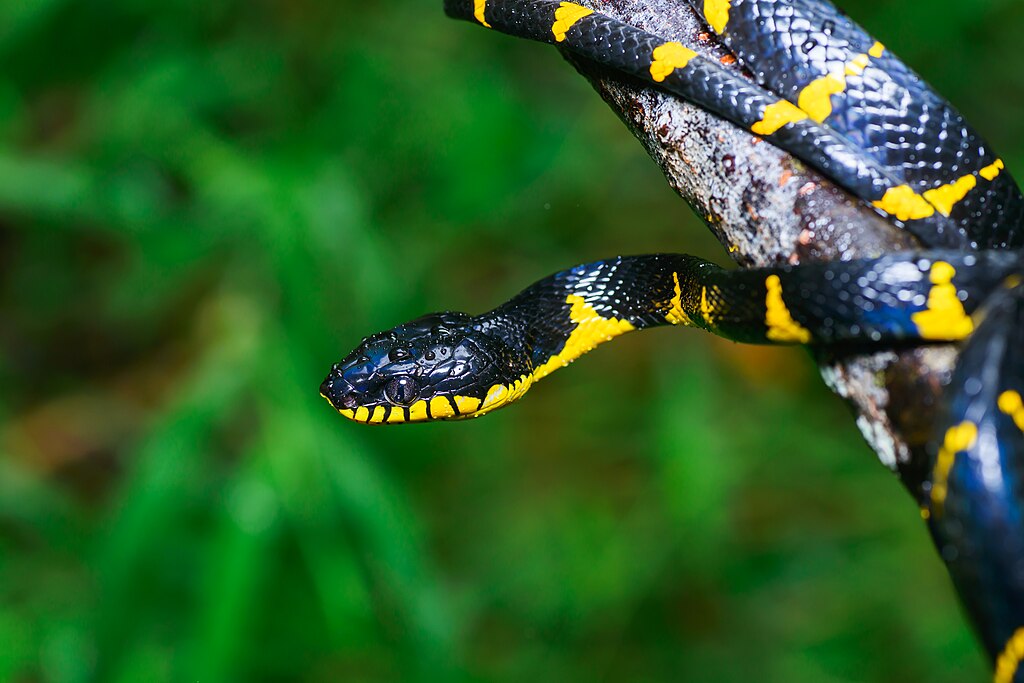Maintaining proper humidity levels is a delicate balancing act for reptile keepers, particularly those with tropical snake species. While dehydration receives considerable attention in reptile husbandry discussions, overhydration poses equally serious risks to snake health that often go overlooked. Tropical snake species naturally inhabit environments with elevated humidity, but captive enclosures can easily become too wet without proper management. This excess moisture creates breeding grounds for harmful bacteria and fungi, potentially leading to scale rot, respiratory infections, and other serious health complications. This comprehensive guide will explore effective strategies to prevent overhydration in tropical snake enclosures while still meeting your serpent’s humidity requirements.
Understanding the Risks of Overhydration

Overhydration in snake enclosures occurs when moisture levels exceed what’s appropriate for the species, creating consistently wet conditions rather than simply humid air. This excessive moisture can lead to serious health issues including scale rot (a bacterial infection affecting a snake’s scales and underlying tissue), respiratory infections, and fungal outbreaks. The substrate becomes waterlogged, turning what should be a comfortable bedding into a soggy mess that promotes microbial growth. Additionally, constantly wet environments can cause stress in snakes, leading to decreased appetite, behavioral issues, and compromised immune function. Understanding these risks emphasizes why proper moisture management isn’t just about comfort but is fundamentally tied to your snake’s long-term health and wellbeing.
Recognizing Signs of Excess Moisture

Being able to identify signs of overhydration early can prevent serious health complications in your tropical snake. Visual indicators include condensation forming on the walls of the enclosure, particularly if it’s present throughout the day rather than just after misting. The substrate will appear visibly wet, compacted, or may develop a musty odor if fungus has begun growing. You might notice your snake spending unusual amounts of time in the driest areas of the tank or elevated on branches, avoiding contact with the wet substrate. Physical symptoms in your snake could include blistering on the ventral scales, discolored patches on the skin, difficulty shedding, or labored breathing, which may indicate the beginning of respiratory issues. Regular inspection of both the enclosure and your snake’s behavior will help you catch moisture problems before they cause harm.
Selecting Appropriate Substrate Materials
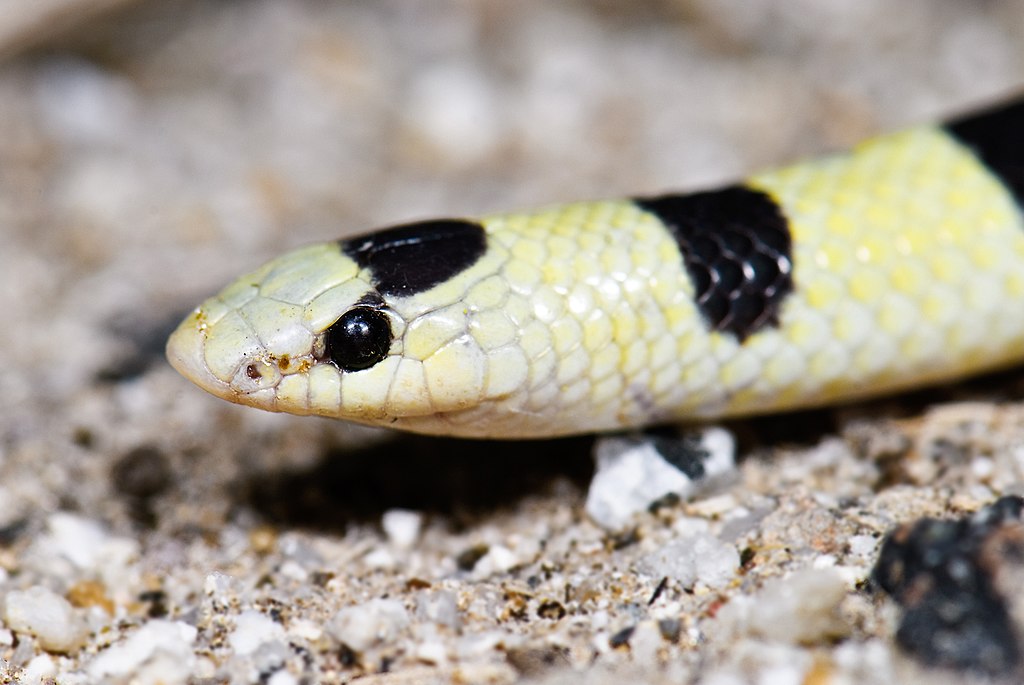
The substrate you choose plays a critical role in managing moisture levels within tropical snake enclosures. Ideal substrates for tropical species should absorb some moisture while still allowing excess water to drain or evaporate. Cypress mulch has become a popular choice among keepers of tropical snakes due to its natural resistance to mold and ability to hold humidity without becoming waterlogged. Coconut husk products (like coco fiber or chips) offer excellent moisture management properties, absorbing water while still maintaining structural integrity. For species requiring particularly high humidity, sphagnum moss can be used strategically in portions of the enclosure rather than as the primary substrate. Avoid substrates that compact when wet, such as sand or newspaper, as these can contribute to scale rot when damp. Remember that even the best substrate needs regular maintenance and partial replacement to prevent moisture buildup over time.
Proper Drainage Systems
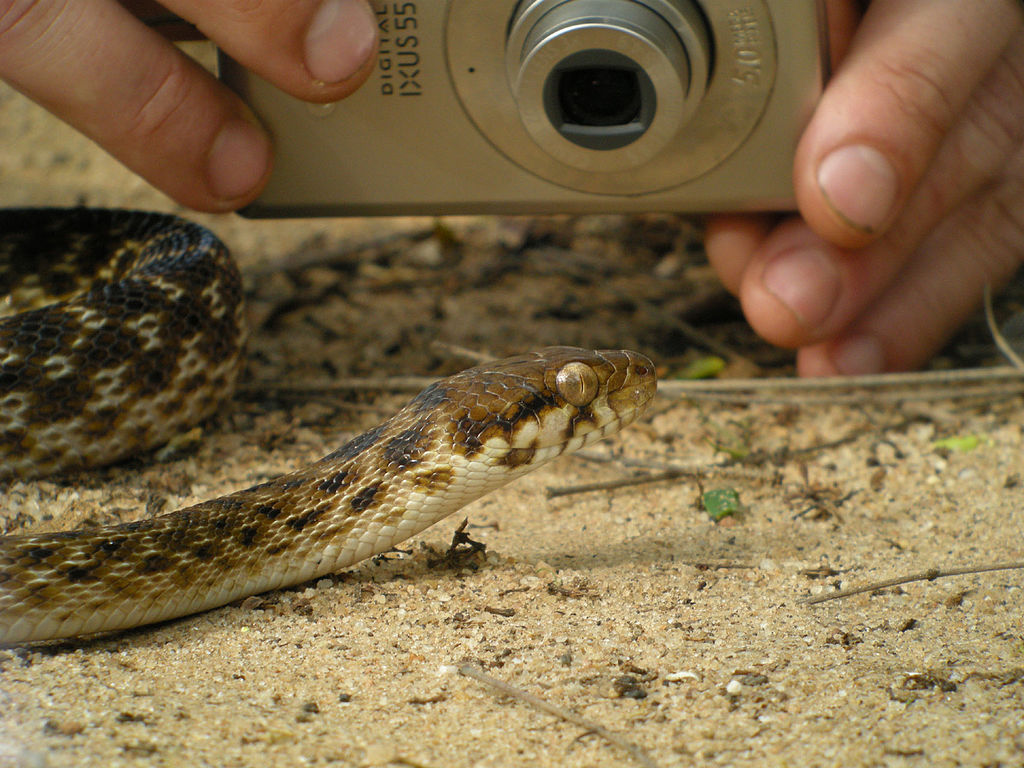
Implementing effective drainage in tropical snake enclosures serves as a critical defense against overhydration problems. A fundamental drainage approach involves creating a false bottom in the enclosure, which can be constructed using PVC grid, landscape fabric, and a layer of gravel or clay balls at the base of the tank. This design allows excess water to flow away from the substrate into a reservoir below, keeping the snake’s habitat appropriately moist rather than wet. For bioactive enclosures, incorporating drainage layers becomes even more essential to maintain the delicate balance needed for both plant and animal health. The drainage layer should be accessible for periodic maintenance, allowing you to remove collected water as needed. Well-designed drainage systems not only prevent overhydration but also create more stable humidity levels throughout the enclosure, reducing the need for frequent misting interventions.
Strategic Enclosure Ventilation
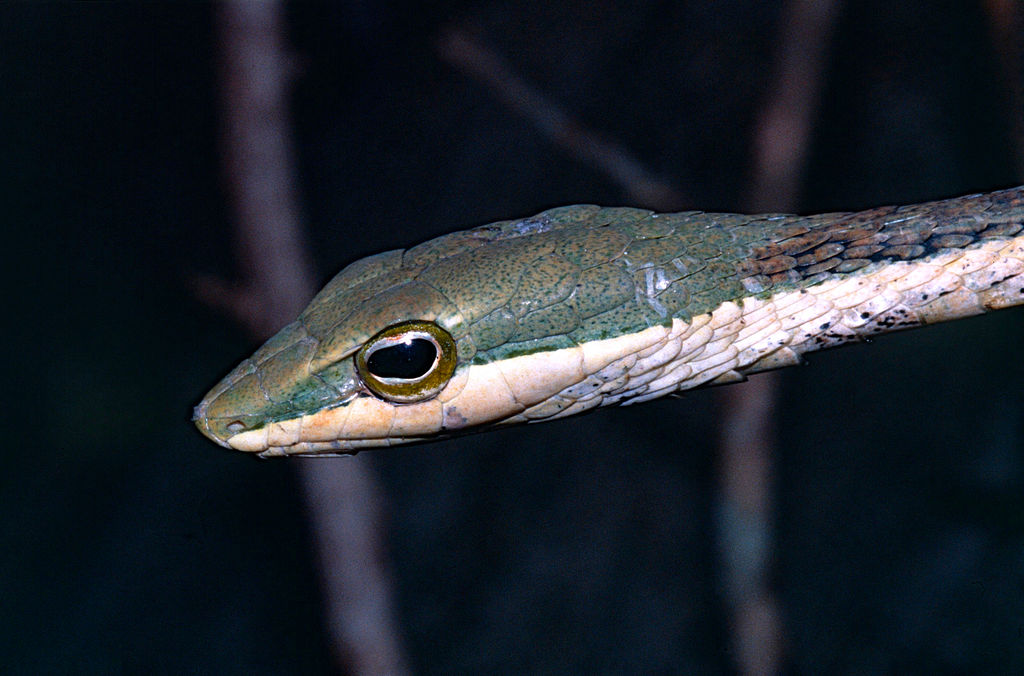
Proper airflow is perhaps the most underappreciated aspect of moisture management in tropical snake enclosures. Ventilation allows excess moisture to escape while still maintaining appropriate humidity levels for tropical species. Strategic vent placement matters significantly—upper vents allow warm, humid air to escape while lower vents permit fresh air intake, creating natural circulation throughout the enclosure. For glass terrariums, replacing the screen top with a partial cover can help retain some humidity while still allowing airflow. Adjustable vents give you valuable control over humidity levels, allowing you to open them more during particularly humid periods or partially close them when additional moisture retention is needed. Remember that ventilation requirements may change seasonally, especially in areas with significant humidity fluctuations, requiring you to adapt your approach accordingly throughout the year.
Humidity Measurement and Monitoring

Accurate measurement forms the foundation of effective humidity management for tropical snake enclosures. Digital hygrometers offer significantly more reliability than analog versions, with models that record minimum and maximum readings being particularly valuable for tracking humidity fluctuations when you’re not observing the enclosure. For comprehensive monitoring, place multiple hygrometers at different heights and locations within the enclosure, as humidity can vary considerably between the warm and cool sides or between upper and lower levels. Calibrate your hygrometers regularly using the salt test method (placing the device in a sealed container with a saturated salt solution, which should read 75% humidity after equilibrating) to ensure accurate readings. Many experienced keepers now use smart monitoring systems that connect to mobile applications, allowing remote tracking and even sending alerts when humidity falls outside the appropriate range for your specific snake species.
Controlled Misting Techniques

Strategic misting provides humidity without creating waterlogged conditions that lead to overhydration. Rather than heavily soaking the entire enclosure, focus misting on specific areas like cork bark, branches, or designated humid hideboxes, allowing your snake to access moisture as needed. Timing your misting sessions strategically makes a significant difference—early morning misting mimics natural dew formation and gives moisture time to evaporate throughout the day, preventing prolonged wetness. Automatic misting systems can be beneficial but require careful calibration to avoid excessive moisture; many sophisticated systems now include humidity sensors that prevent activation when humidity levels remain sufficient. For particularly sensitive species, hand-misting offers the advantage of direct control and observation, letting you immediately assess whether you’re adding appropriate moisture amounts. Remember that misting frequency should adapt to both the specific needs of your snake species and the ambient conditions of your home environment.
Creating Humidity Gradients

Natural habitats rarely maintain uniform humidity levels, and replicating these variations within your snake’s enclosure promotes healthier conditions. Design your setup to include distinct microclimate zones, with higher humidity areas typically on the cooler side of the temperature gradient. Humid hideboxes filled with moistened sphagnum moss provide essential high-humidity retreats that your snake can access when needed, particularly during shedding cycles, without requiring the entire enclosure to maintain elevated moisture levels. Position water dishes strategically in relation to heat sources to encourage natural evaporation that contributes to ambient humidity. This gradient approach allows your snake to thermoregulate and select its preferred humidity level, reducing stress and mimicking natural behavior patterns. For species with specific humidity requirements, these microclimate zones become especially important, allowing you to meet their needs without creating dangerous conditions in the enclosure as a whole.
Water Bowl Placement and Management
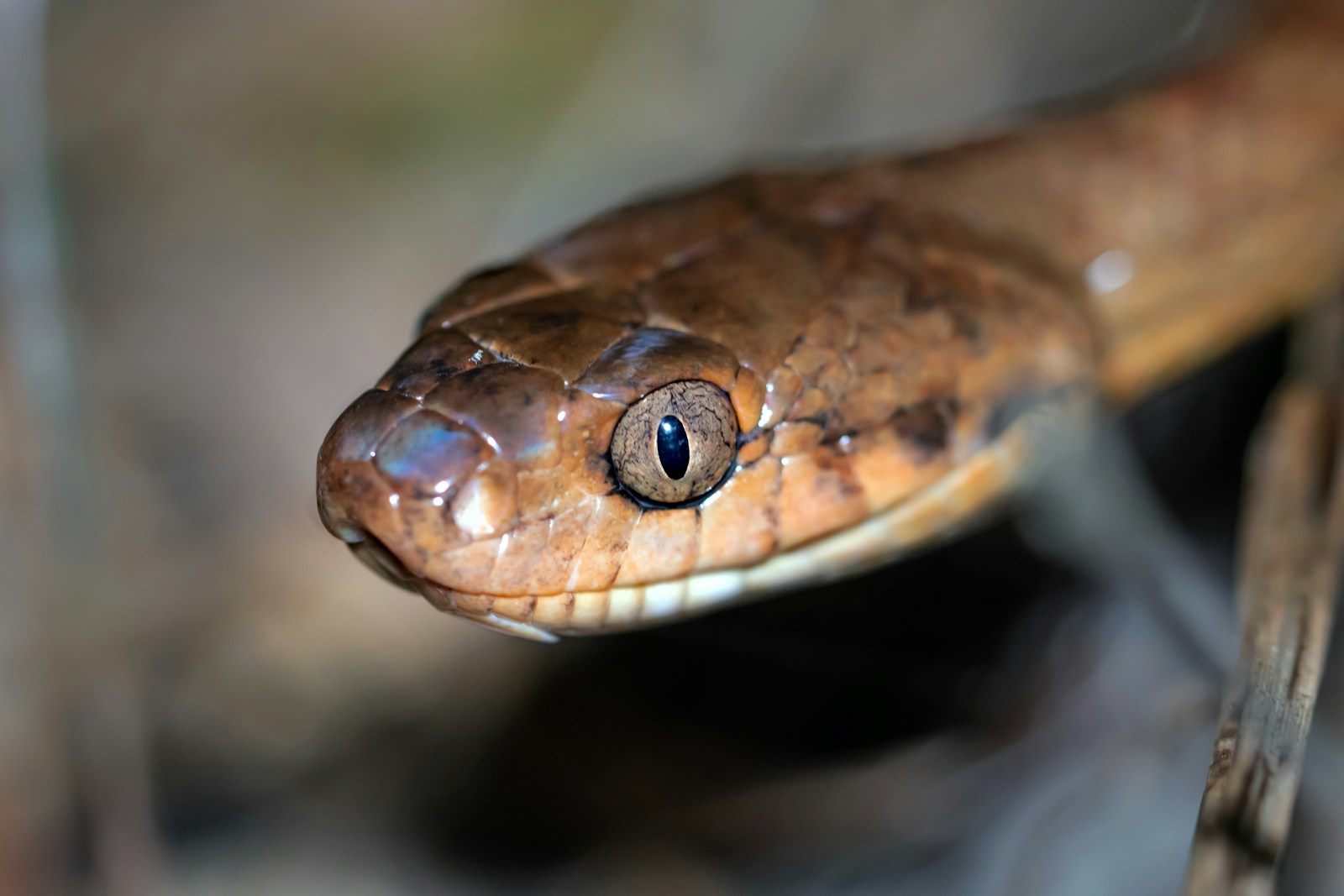
The water bowl serves dual functions in tropical snake enclosures, providing both drinking water and contributing to ambient humidity through evaporation. Size matters significantly—the bowl should be large enough for your snake to soak if desired but not so large that it raises enclosure humidity beyond appropriate levels. Position water bowls thoughtfully in relation to heat sources; placing them on the warm side increases evaporation and humidity contribution, while cool-side placement reduces evaporation. Heavy, stable dishes prevent tipping and unnecessary spills that could saturate substrate. Implementing regular cleaning schedules prevents bacterial buildup, with daily checks for contamination and complete water changes at least twice weekly. For particularly humidity-sensitive species or during dry seasons, additional shallow water dishes can be temporarily added to increase evaporation without risking substrate saturation.
Bioactive Enclosure Considerations
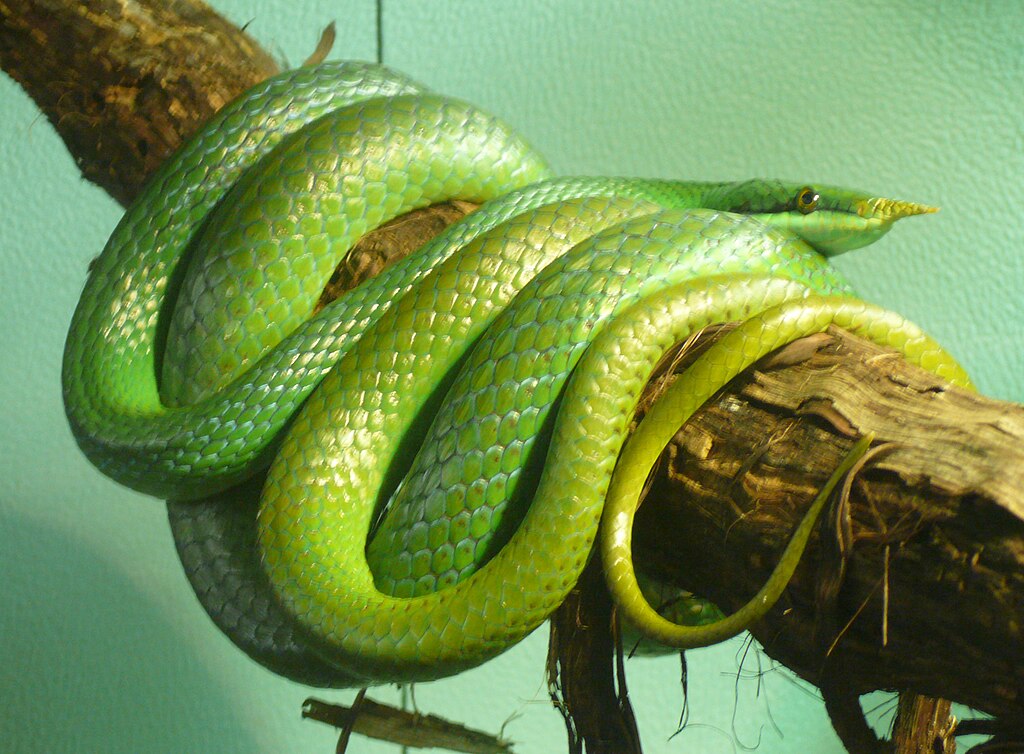
Bioactive setups offer natural moisture regulation through their living components but require special attention to prevent overhydration issues. The plant selection process should focus on species that help manage moisture—tropical plants like pothos, snake plants, and bromeliads actively remove excess water from the substrate through their natural processes. Incorporating a robust cleanup crew of isopods and springtails helps break down waste and consume mold before it becomes problematic, maintaining healthier substrate conditions. The substrate depth in bioactive enclosures typically needs to be greater than in traditional setups, usually 3-4 inches minimum, allowing for better moisture distribution and root development. Drainage becomes even more critical in these systems, with a substantial drainage layer of at least 2 inches of lightweight expanded clay pellets or similar material supporting the soil layer above. When properly established, these miniature ecosystems can maintain appropriate humidity levels with minimal intervention, though they require more initial setup expertise.
Seasonal Adjustments to Humidity Control

Ambient conditions in your home will fluctuate throughout the year, requiring corresponding adjustments to your moisture management approach. During winter months when indoor heating systems typically reduce ambient humidity, you may need to increase misting frequency or add humidifiers to maintain appropriate levels for tropical species. Conversely, summer months in many regions bring naturally higher humidity, requiring enhanced ventilation and potentially reduced manual misting to prevent overhydration. Seasonal behavioral changes in your snake, such as brumation periods or breeding seasons, may also necessitate humidity adjustments to support natural biological processes. Creating a seasonal care calendar helps track these adjustments systematically, ensuring you’re proactively modifying your approach rather than reacting to problems after they develop. Remember that sudden changes to humidity management can stress your snake, so implement seasonal adjustments gradually whenever possible.
Emergency Drying Techniques
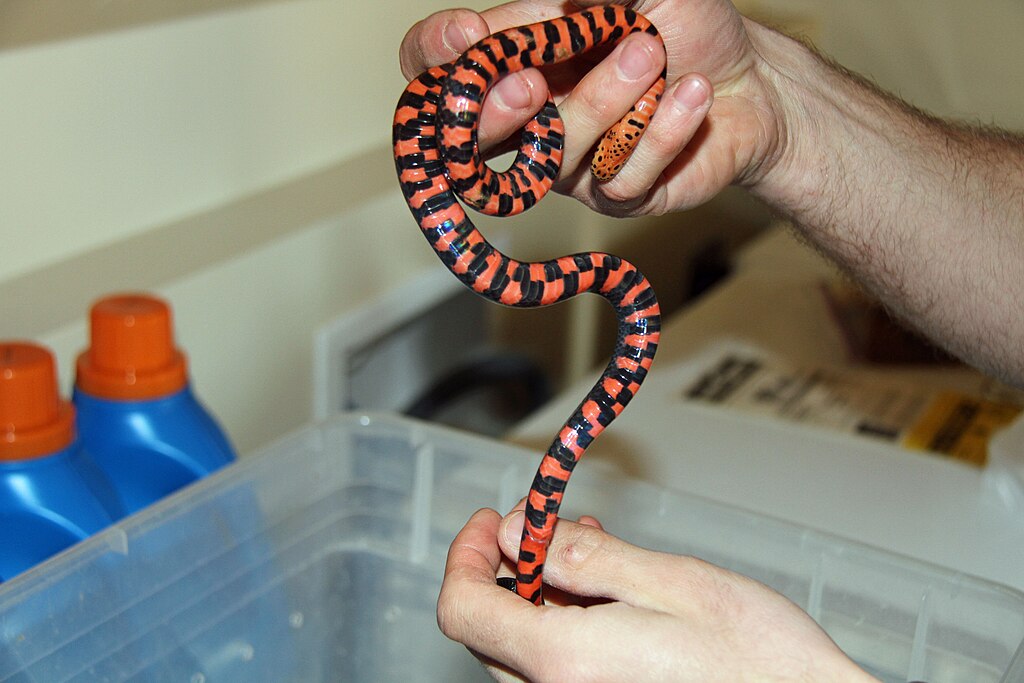
If you discover your tropical snake enclosure has become dangerously wet, knowing how to safely and rapidly reduce moisture levels becomes essential. Your first action should be increasing ventilation immediately by removing part of the enclosure lid or opening vents fully to accelerate evaporation. For substrate that has become saturated, performing a partial replacement rather than a complete change reduces stress on your snake while still removing excess moisture. Temporary relocation to a properly set up quarantine enclosure may be necessary if conditions are severely waterlogged, allowing you to completely dry and sanitize the main habitat. Utilizing a fan positioned to blow air across (not directly into) the enclosure can significantly accelerate drying, though this should be short-term to avoid extreme humidity drops. After addressing the immediate moisture issue, carefully evaluate and correct whatever caused the overhydration to prevent recurrence—whether it was an overactive misting system, insufficient drainage, or ventilation problems.
Maintenance Schedules for Humidity Control
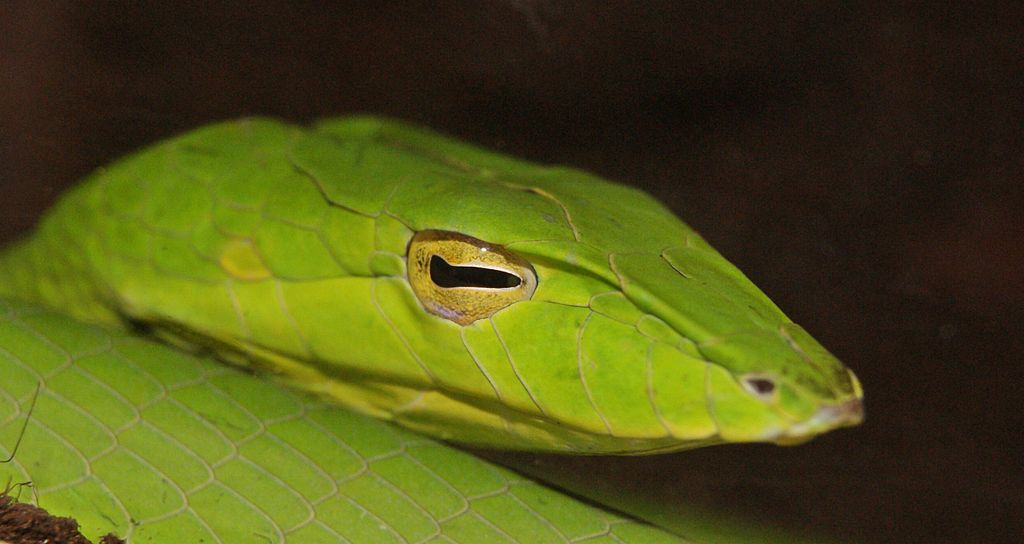
Consistent maintenance routines form the backbone of effective moisture management in tropical snake enclosures. Develop a regular schedule for substrate spot-cleaning, removing feces, shed skin, and uneaten food promptly before they can contribute to bacterial growth in damp conditions. Plan for partial substrate replacements every 1-3 months, depending on enclosure size and snake activity, rather than waiting until the substrate shows visible problems. Check drainage systems monthly, clearing any clogs and emptying collection reservoirs to maintain their effectiveness. Hygrometer calibration should occur quarterly to ensure your humidity readings remain accurate, informing your maintenance decisions. Document these activities in a dedicated logbook alongside humidity readings, creating a valuable record that helps identify patterns and potential issues before they affect your snake’s health. This systematic approach to enclosure maintenance not only prevents moisture problems but contributes to overall better husbandry practices.
Species-Specific Considerations

While general principles of moisture management apply broadly, different tropical snake species have specific humidity requirements and sensitivities that demand tailored approaches. Ball pythons, though not strictly tropical, require moderate humidity (50-60%) with brief increases during shedding, making them particularly vulnerable to scale rot if substrate remains wet rather than merely humid. Brazilian rainbow boas and emerald tree boas need considerably higher humidity (70-90%) but also require excellent ventilation and drainage to prevent respiratory issues common in these species when kept in stagnant, wet conditions. Green tree pythons thrive with high humidity but spend most of their time on branches, making elevated perches and arboreal humid hideaways more important than substrate moisture management. Amazon basin species often benefit from seasonal humidity fluctuations that mimic their natural dry and rainy seasons, requiring more dynamic management approaches. Understanding these species-specific needs allows you to fine-tune your humidity control methods, creating environments that support optimal health while avoiding moisture-related complications.
Maintaining the perfect balance of humidity without risking overhydration requires attention to detail and consistent monitoring, but the health benefits for your tropical snake make this effort worthwhile. By implementing appropriate substrate choices, effective drainage, strategic ventilation, and carefully controlled misting schedules, you create an environment that mimics natural conditions while avoiding the dangers of excessive moisture. Remember that humidity management isn’t a set-and-forget aspect of husbandry but requires ongoing adjustments based on your observations, seasonal changes, and the specific needs of your snake species. With these comprehensive approaches in place, you’ll provide your tropical snake with an enclosure that maintains the moisture it needs for proper shedding and respiratory health while preventing the serious complications that can arise from overhydration.

